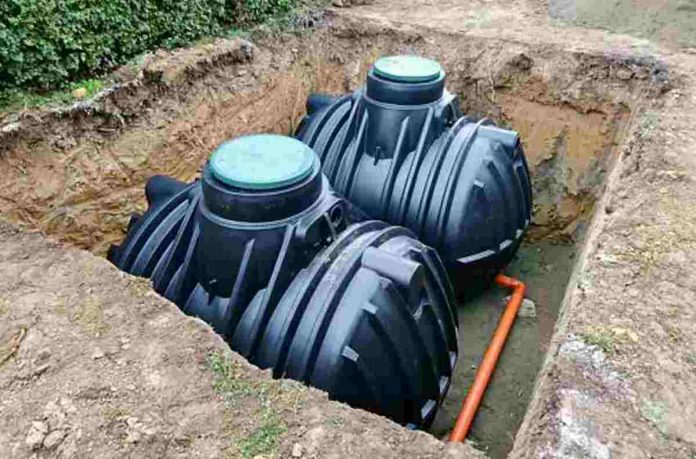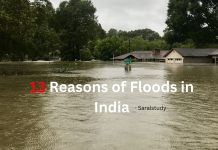Artificial recharging to augment groundwater resources has become a necessity. We should, therefore, develop and popularize some of the cost-effective rainwater harvesting methods in urban and rural areas. The main objectives of rainwater harvesting are
- To conserve the surface run-off during monsoons.
- To recharge the aquifers and increase the availability of groundwater.
- To improve the quality of groundwater where required.
- To overcome the problem of flooding and stagnation of water during the monsoon season.
- To arrest salt-water intrusion
Various methods are available to recharge the water table by increasing the rate of infiltration. Artificial recharge can be achieved by obstructing the flow of water, storing the water, spreading the water or by injection through wells and borewells.
Methods To Recharge The Groundwater
The following are some of the methods used to recharge the groundwater.
- Pebble bed method
- Percolation pits
- Recharge wells
- Ridges and furrows
- Check dams
- Gully control/stone wall structures
- Contour bunding, trenching
- Land flooding
How much water can be harvested?
The following is a theoretical calculation that highlights the enormous potential for rainwater harvesting. The same procedure can be applied to get the potential for any plot of land or rooftop area, using rainfall data for that area.
Consider a building with a flat terrace area of 100 sq.m. The average annual rainfall in Chennai is approximately 1100 mm ( 44 inches). In simple terms, this means that if the terrace floor is assumed to be impermeable, and all the rain that falls on it is retained without evaporation, then, in one year, there will be rainwater on the terrace floor to a height of 1100 mm.
Area of plot = 100 sq.m
Height of rainfall = 1.1 m ( 1100 mm or 44 inches )
Volume of rainfall over the plot = Area of plot x height of rainfall = 100 sq.m x 1.1m = 110 cu.m. ( 1,10,000 litres )
Assuming that only 60% of the total rainfall is effectively harvested,
The volume of water harvested =66,000 litres. This volume is about four times the annual drinking water requirement of a five-member family. The average daily water requirement per person is 10 litres according to IS 1172: Indian Standard code of Basic Requirement for Water Supply, Drainage and Sanitation.
Rainwater harvesting
The main aim of water harvesting is to conserve rainwater in the areas where it falls so that it may satisfy local needs. Harvesting rainwater and recharging the water table can be achieved through the following methods.
By using the existing well
The run-off water from rooftops can be led into the existing well through pipes and a small settling pit to filter the turbidity and other pollutants. In this cost-effective process, we not only conserve precious rainwater but also help to increase the local groundwater table. Even an abandoned well can be used for this purpose.
Through percolation pits
Percolation pits (1m x 1m x 3m) may be dug a little away from the building. The pit is then filled with brick jelly/ pebbles followed by river sand for the purposes of better percolation. The top layer of sand may be cleaned and replaced once in two years to remove the settled silt for improving the percolation.
Decentralized percolation trenches
This method can be adopted by those who reside in houses with large open areas. Run-off water from the rooftop can be diverted into bare soil/garden on the premises. Apart from this a longitudinal trench of 1.0m depth and 0.5m width may be dug at the periphery of the plot and filled with people stones and sand in order to store the excess run-off during the rainy season that will eventually percolate into the ground.
Other methods of utilizing rainwater
-
Run-off should be diverted into suitably designed structures near pavements, parking lots, parks, playgrounds, etc
-
Rainwater can also be stored in underground storage tanks (water sumps) for a few months and used directly for washing, flushing and other domestic purposes. Industries, multistoried buildings, various offices, etc., can implement this cost-effective method as they depend mostly on groundwater for their needs.
Harvesting and conserving water is every individual’s duty. Every drop of rainwater is precious – save it. It might be the very drop that will quench your thirst one day. As we know water is a cure for many diseases and rainwater is the purest form of water, it is our prime duty to conserve, save, and harvest rainwater.
“”Courtesty C.P.R. Environmental Education Centre, 1, Eldams Road, Chennai 600 018, www.cpreec.org””





